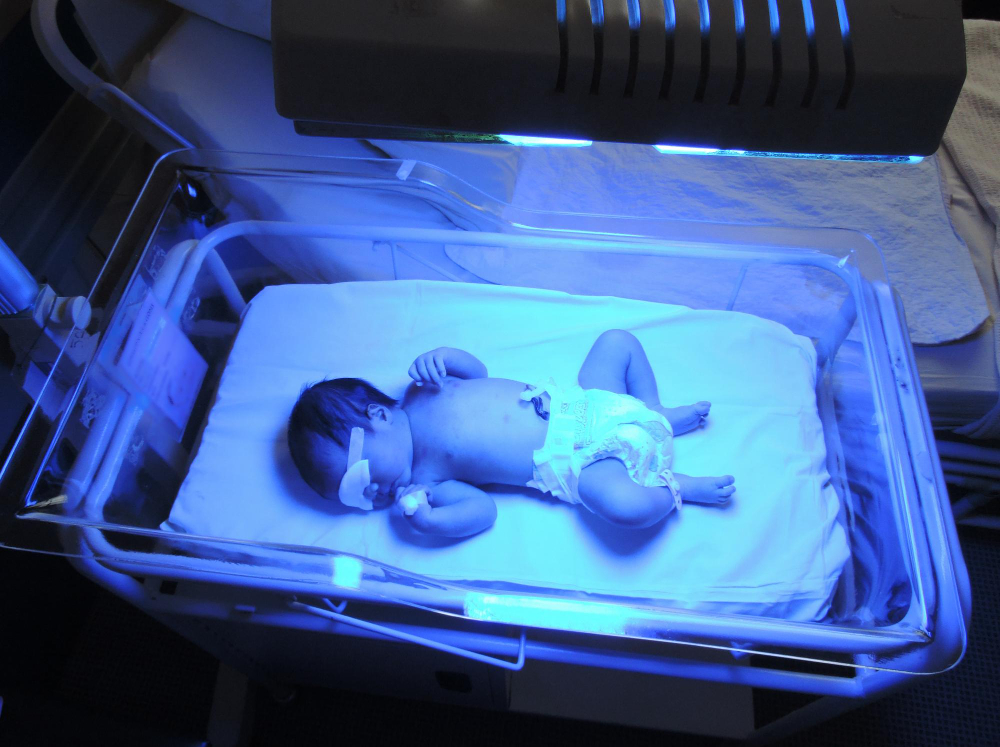Introduction
Phototherapy in pediatrics is a common treatment for certain childhood conditions. Many parents hear about it when their newborns develop jaundice. But what is it, and why is it important? In this guide, you will learn how phototherapy helps children, especially newborns, and what parents should expect. Understanding this treatment can help you feel more confident if your child needs it.
What is Phototherapy?
Phototherapy uses special light to treat medical problems in children. Most often, it helps babies with high levels of bilirubin, a yellow substance in the blood. The light breaks down bilirubin so the body can remove it more easily. For this reason, phototherapy for newborns is very common in hospitals. The process is safe and does not hurt your child. In fact, it is one of the most trusted treatments for pediatric jaundice.
Why is Phototherapy Used in Children?
Doctors use phototherapy in children mainly to treat jaundice. Jaundice causes yellowing of the skin and eyes. It happens when a baby’s liver is not mature enough to clear bilirubin. Although most cases are mild, some babies need help to lower bilirubin levels. Phototherapy for newborns is the standard treatment. Sometimes, older children with certain blood problems may also need phototherapy. However, newborn jaundice is by far the most common reason.
How is Phototherapy Performed?
During phototherapy, your baby will lie under a special blue light. Sometimes, a light blanket or pad is used instead. The baby wears only a diaper and protective eye covers. Nurses check your baby’s temperature and skin often. They also make sure your baby stays hydrated. The treatment usually takes place in the hospital. However, in some cases, doctors may recommend home phototherapy with special equipment. Safety is always a top priority.
Benefits and Effectiveness of Phototherapy
Phototherapy is very effective for pediatric jaundice treatment. It quickly lowers bilirubin levels in most babies. As a result, it helps prevent serious problems like brain damage. The treatment is safe and has been used for decades. In addition, most babies respond well within a few days. Because of its success, phototherapy remains the first choice for treating newborn jaundice worldwide.
Possible Side Effects and Risks
Although phototherapy is safe, some side effects can occur. Most are mild and go away after treatment ends. However, it is important for parents to know what to watch for. Is phototherapy safe for babies? Yes, but always under a doctor’s care.
Serious side effects are very rare. Nurses and doctors monitor your child closely to prevent problems.
Home Care and Aftercare Tips
After phototherapy, your baby may need extra care at home. For example, you should watch for signs of jaundice returning. Also, keep your baby well-fed and hydrated. If your doctor gives you home phototherapy equipment, follow all instructions carefully. Clean the equipment as directed and keep all follow-up appointments. If you notice any changes in your baby’s skin or behavior, call your doctor right away.
Prevention and When to Seek Medical Help
While not all cases of jaundice can be prevented, early feeding helps lower the risk. Breastfeed or bottle-feed your baby often, especially in the first days of life. Watch for yellowing of the skin or eyes. If you notice these signs, contact your pediatrician. Seek medical help if your baby is very sleepy, not feeding well, or has trouble breathing. Early treatment with phototherapy for newborns can prevent serious problems.
In summary, phototherapy in pediatrics is a safe and effective way to treat jaundice in children. If you have questions or concerns, consult your pediatrician for personalized advice on phototherapy for your child.
